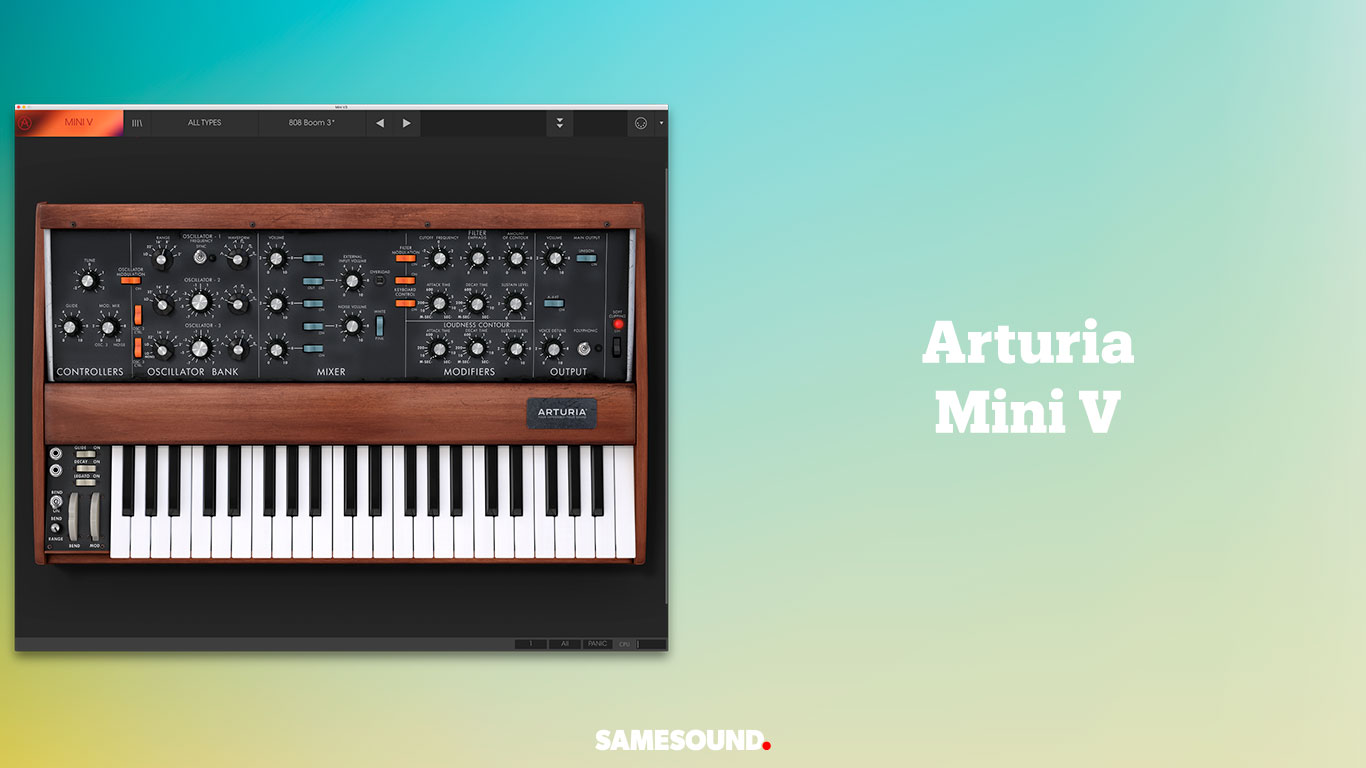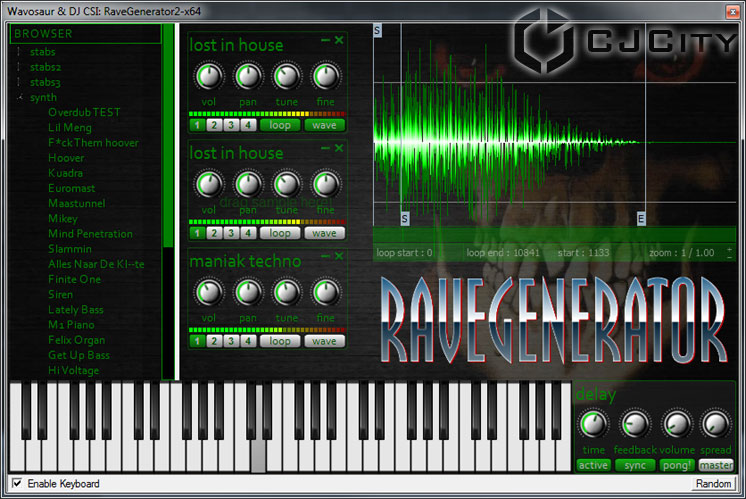Samij Luchshij Virtualjnij Sintezator Korg
The Korg implementation can, and in my opinion, does this well which is why many folks really like the electromechanical keyboard sounds. 5 people found this helpful. Comment Report abuse. See all 13 reviews. Write a customer review. Set up an Amazon Giveaway. SV-1 BLACK The SV-1 has been captivating audiences since 2009. Now, the acclaimed Korg SV-1 Stage Vintage Piano has been given an elegant matte black stage finish: the SV-1BK Black.
Manual activation Activation is performed by entering the code at the navigation menu Menu -> Sygic Store -> Activate Product code. One unique device. Alternatively you may receive a testing product code from your sales representative. Before activation first you need to redeem product code(s) from Sygic Business License System portal (), using Dispatch licenses action. With each product code you can activate just one license, i.e. Sygic product code keygen free.
Wondershare mobiletrans full crack pc games torrent. Tuning of harp using Korg OT-120 Wide 8 Octave Orchestral Digital Tuner Korg was founded in 1962 in Japan by and as Keio Gijutsu Kenkyujo Ltd. It later became Keio Electronic Laboratories ( 京王技術研究所) because its fledgling offices were located near the train line in and Keio can be formed by combining the first letters of Katoh and Osanai. Before founding the company, Katoh ran a nightclub. Osanai, a graduate and noted accordionist, regularly performed at Katoh's club accompanied by a Sideman rhythm machine. Unsatisfied with the rhythm machine, Osanai convinced Katoh to finance his efforts to build a better one. The company's first product, released in 1963, was an electro-mechanical rhythm device called the Disc Rotary Electric Auto Rhythm machine, Donca matic DA-20.
The name 'Donca' was an onomatopoeic reference to the sound the rhythm machine made. Buoyed by the success of the DA-20, Keio released a solid-state version of the Rhythm machine, the Donca matic DE-20, in 1966. In 1967, Katoh was approached by, an engineer who wanted to build keyboards.
Impressed with Mieda's enthusiasm, Katoh asked him to build a prototype and 18 months later Mieda returned with a programmable organ. Keio sold the organ under the name KORG, created by using the first letter of each founder's name plus 'RG' from their planned emphasis on products targeted for the market (emphasizing the letters R and G in the word 'organ'). Keio's organ products were successful throughout the late 1960s and early 1970s but, concerned about the competition from other big organ manufacturers, Katoh decided to use the organ technology to build a keyboard for the then-niche market. Keio's first synthesizer, the, was thus released in 1973. During the 1970s, Korg's synthesizer line was divided into instruments for the hobbyist, and large expensive patchable instruments such as the PS series. In the early '80s, Korg branched out into the digital piano category.

Kronos X (2012) Korg is credited with a number of innovations and landmark products. The 'key ' function was Katoh's idea after a singer at his club needed her accompaniment played in a lower key, which the accompanist wasn't accomplished enough to do. Korg was the first company to feature effects on a synthesizer, and the first to use a 'sample + synthesis' sound design. The M1 workstation, released in 1988, sold over 250,000 units, making it the bestselling synthesizer ever at that time. In 1989, Korg recruited the design team from just as they were relieved of their duties by then-Sequential owner Yamaha. Has always been a major partner of Korg, supplying them with circuitry and mechanical parts. In 1987, shortly before the release of the M1 Music Workstation, Yamaha acquired a controlling interest in Korg's stock.

The takeover of the company was amicable, with Katoh drawing up the terms, and the two companies continued to independently develop their product lines and compete in the marketplace. After 5 very successful years, Katoh had enough money to rebuy most of the Yamaha share back in 1993. Korg has since diversified into digital effects, tuners, recording equipment, electronic hand percussion, and software instruments. In 1992, Korg acquired, then primarily a manufacturer of guitar amplifiers. Korg was also the exclusive distributor of product in the United States for decades, with this distribution arrangement ending in 2010. Tsutomu Katoh died of cancer on March 15, 2011.